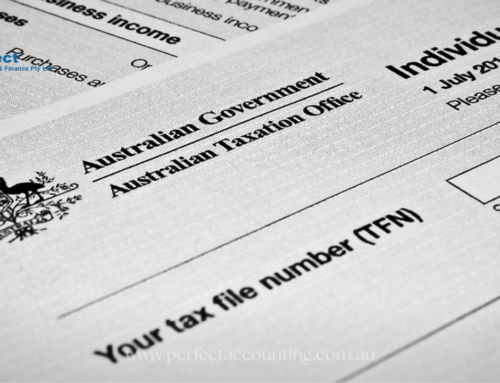Tax residency in Australia determines how much tax you pay and what income you must declare to the Australian Taxation Office (ATO). It doesn’t always match your visa status or citizenship — so it’s important to understand the difference.
This guide explains what it means to be a tax resident of Australia, how it’s assessed, and why it matters.
1. Why Tax Residency Matters
Your tax residency status affects:
-
How much tax you pay
-
Which income you need to declare (just Australian or worldwide income)
-
Your access to the tax-free threshold and other benefits
Even if you’re not a citizen or permanent resident, you may still be considered an Australian resident for tax purposes.
2. Who Is a Tax Resident of Australia?
The ATO uses several tests to decide if you’re a resident for tax purposes.
a. Resides Test
You are a tax resident if you live in Australia permanently or semi-permanently. Factors include:
-
Time spent in Australia
-
Your intention to stay
-
Family and business ties
-
Where your home is
b. Domicile Test
If your permanent home (“domicile”) is in Australia, you are a tax resident — unless you have a permanent place of abode overseas.
c. 183-Day Test
You may be a tax resident if you:
-
Spend 183 days or more in Australia during the financial year, and
-
Do not have a fixed home overseas
d. Commonwealth Superannuation Test
Applies only to Australian government employees working overseas. If you meet this test, you’re a tax resident.
3. Residents vs. Non-Residents for Tax Purposes
| Criteria | Resident | Non-Resident |
|---|---|---|
| Tax-free threshold | Yes ($18,200) | No |
| Tax on foreign income | Yes | No (only Australian income) |
| Medicare levy | Yes (usually) | No |
| Higher tax rates | No | Yes |
4. Temporary Residents
If you’re on a temporary visa (like a student or working holiday visa), you may be a tax resident, depending on how long you stay and your intentions. Some may also qualify as temporary residents, meaning:
-
You pay tax only on Australian income
-
You don’t pay tax on most foreign income
5. How to Check Your Tax Residency
You can use the ATO’s online residency tool, or consult a tax agent for advice.
Also, if you’re from a country with a Double Tax Agreement (DTA), you might avoid being taxed twice on the same income.
6. Declaring Your Status
When lodging your tax return:
-
Tick “resident” if you meet the residency tests
-
Tick “non-resident” if you do not meet the tests
Make sure your declaration matches your actual situation — the ATO may ask for evidence.
Final Thoughts
Tax residency in Australia is based on your circumstances, not just your visa. Understanding your status is key to lodging your tax return correctly and avoiding penalties. If you’re unsure, seek professional advice or use ATO tools to confirm your residency.







